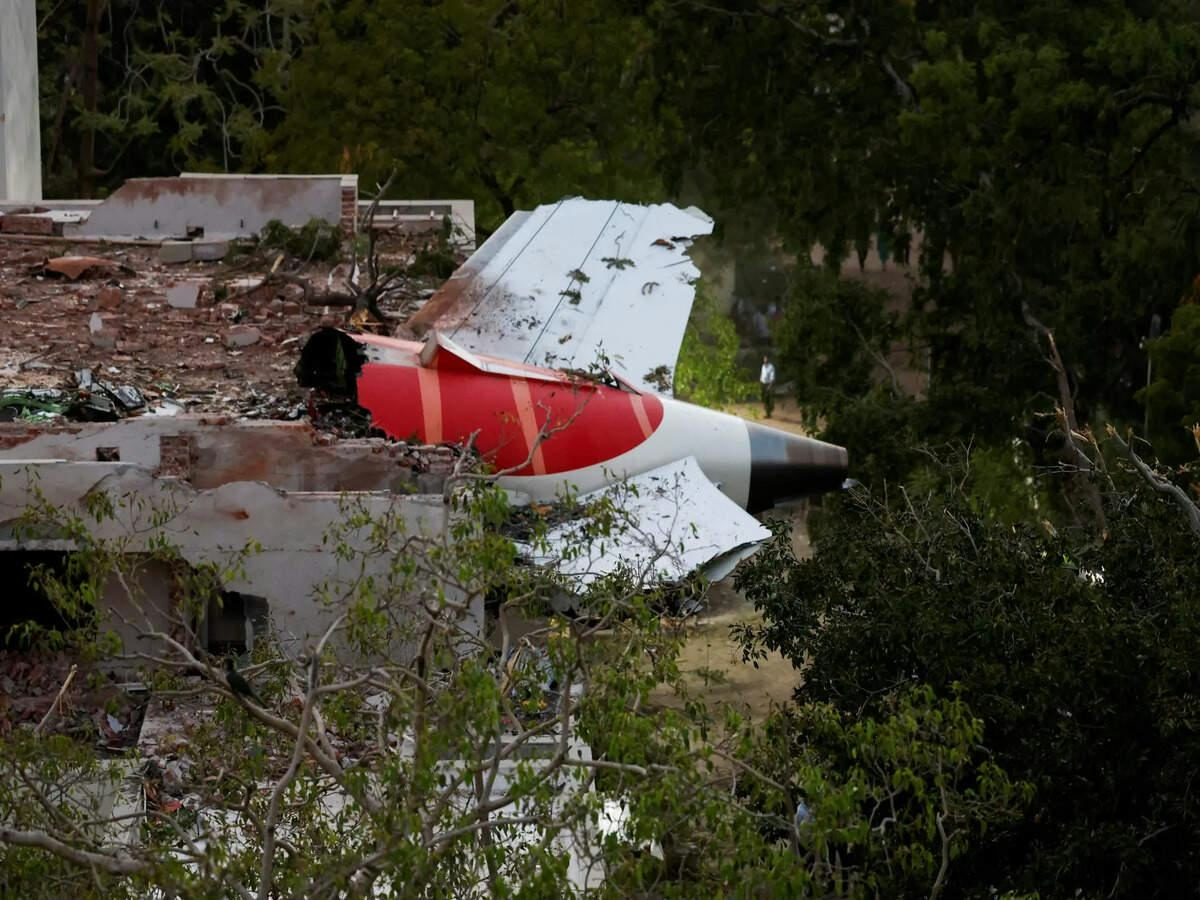
AeroGenie — ваш интеллектуальный второй пилот.
В тренде
Categories
Rep. Jennifer Kiggans Introduces the Local Innovation for Flight Technologies Act of 2025

Rep. Jennifer Kiggans Introduces the Local Innovation for Flight Technologies Act of 2025
Representative Jennifer Kiggans has introduced H.R. 4686, known as the Local Innovation for Flight Technologies Act of 2025, a bipartisan legislative effort designed to advance the regulation and deployment of unmanned aircraft systems (UAS), commonly referred to as drones, throughout the United States. Supported by seven cosponsors, the bill aims to accelerate the integration of innovative flight technologies while addressing the regulatory and safety challenges that currently limit their broader adoption.
Provisions to Expand and Regulate UAS Operations
A central feature of the bill is the directive for the Secretary of Transportation to issue a proposed rule within 30 days of enactment to enable routine Beyond Visual Line of Sight (BVLOS) operations for drones. This rulemaking process is to be completed with a final rule within six months, facilitating expanded commercial and public use of UAS beyond the operator’s direct line of sight. To ensure safety, the Secretary is also required to establish performance and safety metrics for BVLOS operations within the same 30-day period.
The legislation mandates a comprehensive review of existing regulatory barriers to BVLOS implementation, with findings and recommendations due within 180 days. This review aims to identify and address obstacles that hinder the deployment of advanced drone operations. Additionally, the bill calls for an exploration of compliance options for UAS operating over international waters, focusing on challenges posed by international aviation conventions that currently govern manned aircraft.
In a move to modernize administrative processes, the Department of Transportation is tasked with deploying artificial intelligence tools within 120 days to expedite the review of UAS waiver applications. These AI systems will assess operational risks, reference similar approved operations, and help determine categories of drone activities that may not require individual waivers, thereby streamlining regulatory oversight.
The bill also establishes a pilot program for electric Vertical Takeoff and Landing (eVTOL) aircraft. This initiative involves coordination between the Secretary of Transportation and the Office of Science and Technology Policy to provide grants to local, state, and tribal governments for eVTOL deployment projects. Selected initiatives must include partnerships with private sector entities experienced in eVTOL development. The program’s progress will be monitored and reported to Congress, with an initial report due within 180 days and subsequent annual updates.
Emphasizing domestic industry, the legislation prioritizes the integration of UAS manufactured in the United States into the national airspace system whenever legally permissible. To maintain oversight, the Secretary is required to submit regular progress reports to Congress, ensuring transparency and accountability throughout the implementation process.
Industry Impact and Market Considerations
The bill’s provisions are poised to influence major aerospace and technology companies, including Boeing, United Airlines, Apple, and Amazon. Boeing and United Airlines stand to benefit from expanded UAS and eVTOL operations, while Apple and Amazon may leverage the streamlined regulatory framework to enhance drone integration and delivery services.
By focusing on local innovation and federal grant support, the legislation is expected to stimulate investment in regional aviation technologies. However, it also presents challenges related to balancing federal funding with private sector innovation, ensuring equitable distribution of resources across diverse regions, and navigating the complexities of regulatory compliance. Industry players may respond by forming collaborative partnerships to strengthen regional capabilities or by pursuing strategies to secure federal funding and maintain technological leadership.
As the Local Innovation for Flight Technologies Act of 2025 advances through Congress, its development will be closely monitored by stakeholders across the aviation, technology, and logistics sectors.
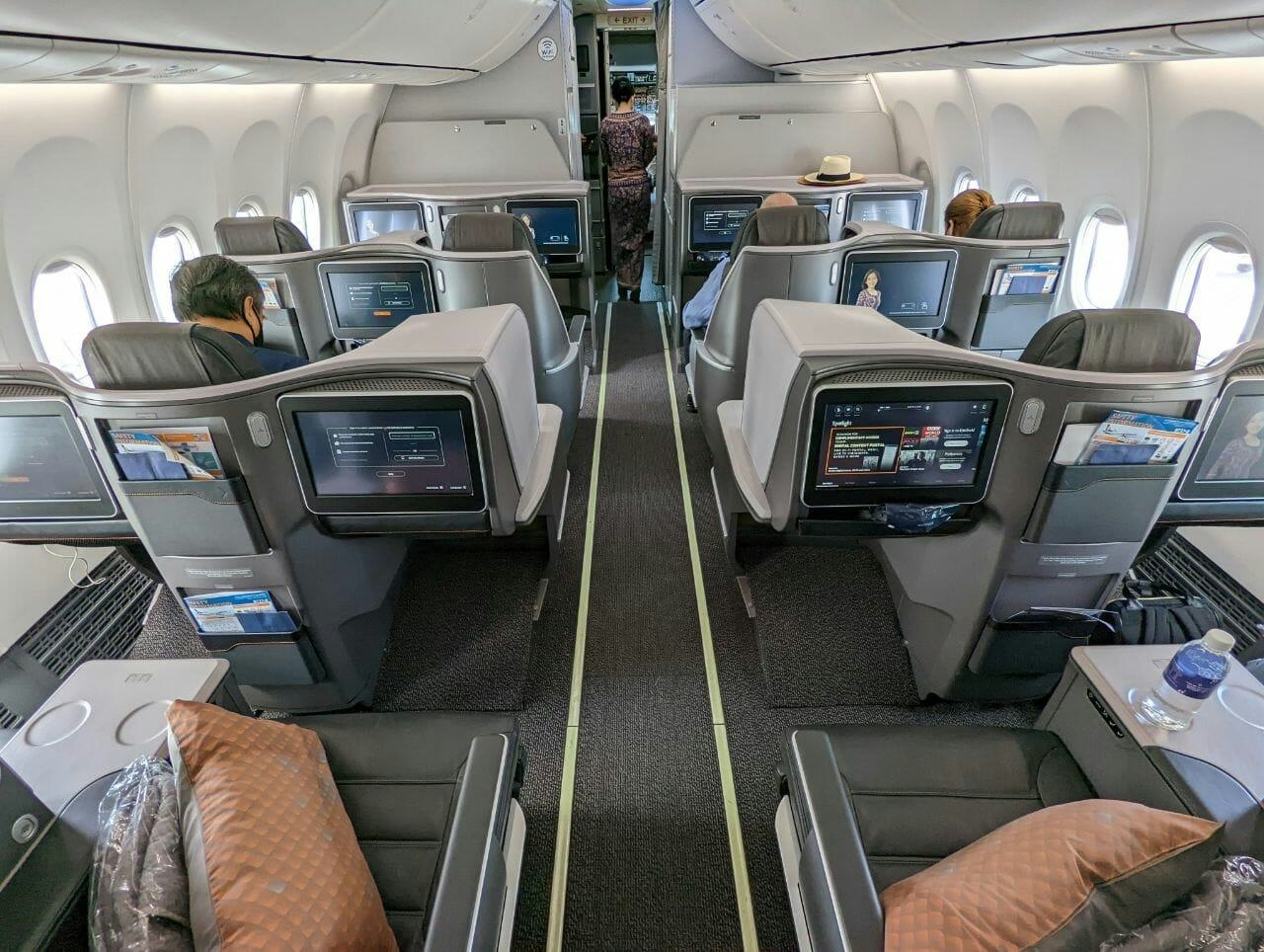
Singapore Airlines 737 MAX Business Class Review
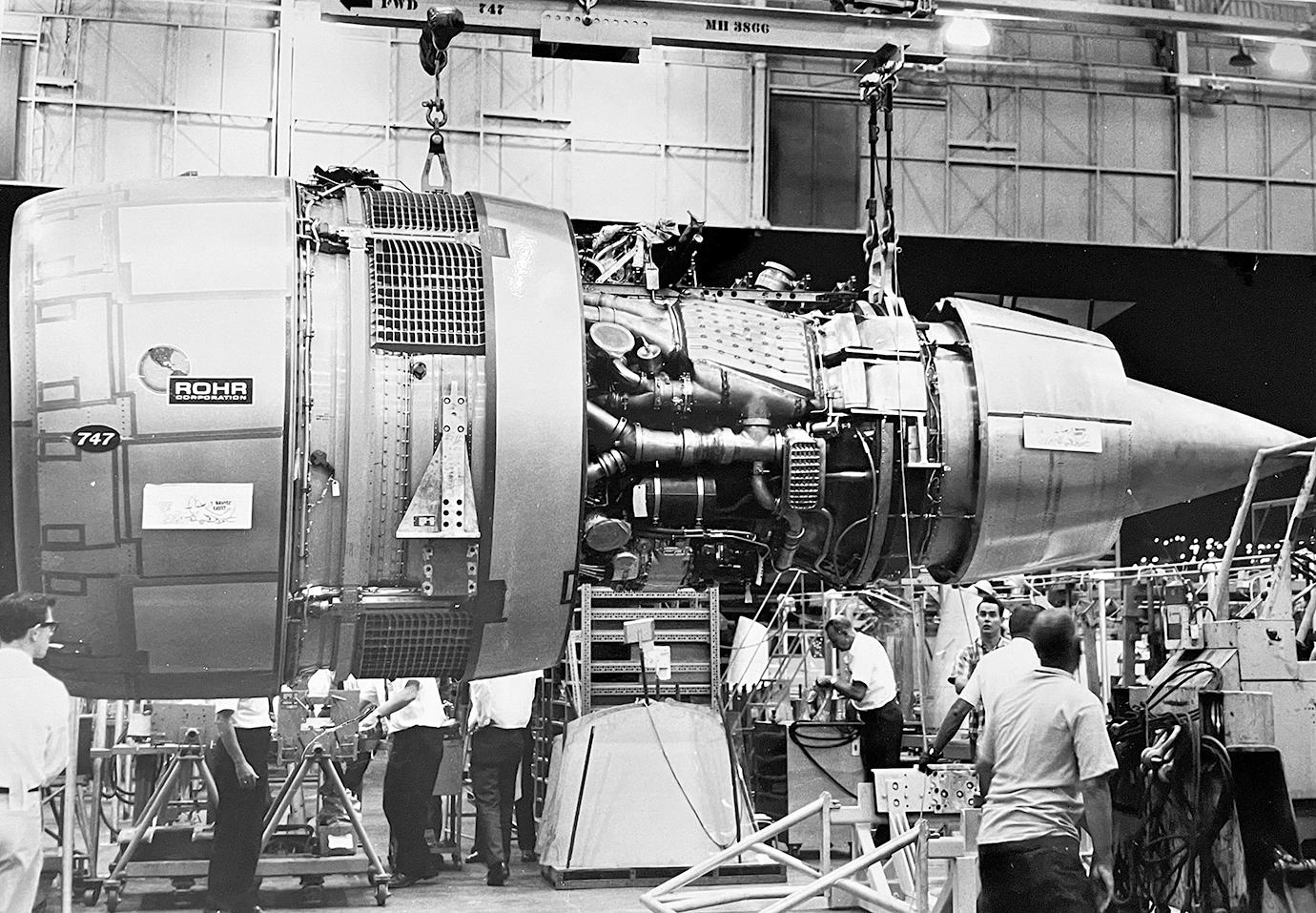
The Enduring Legacy of the Boeing 747 in Aviation Engineering

China’s Low-Altitude Economy Expands with Air Taxis and Drone Deliveries

Report Details Fiery History of McDonnell Douglas MD-11’s CF6 Engine

Supreme Court Rules Pilot Not Liable in Air India AI171 Crash
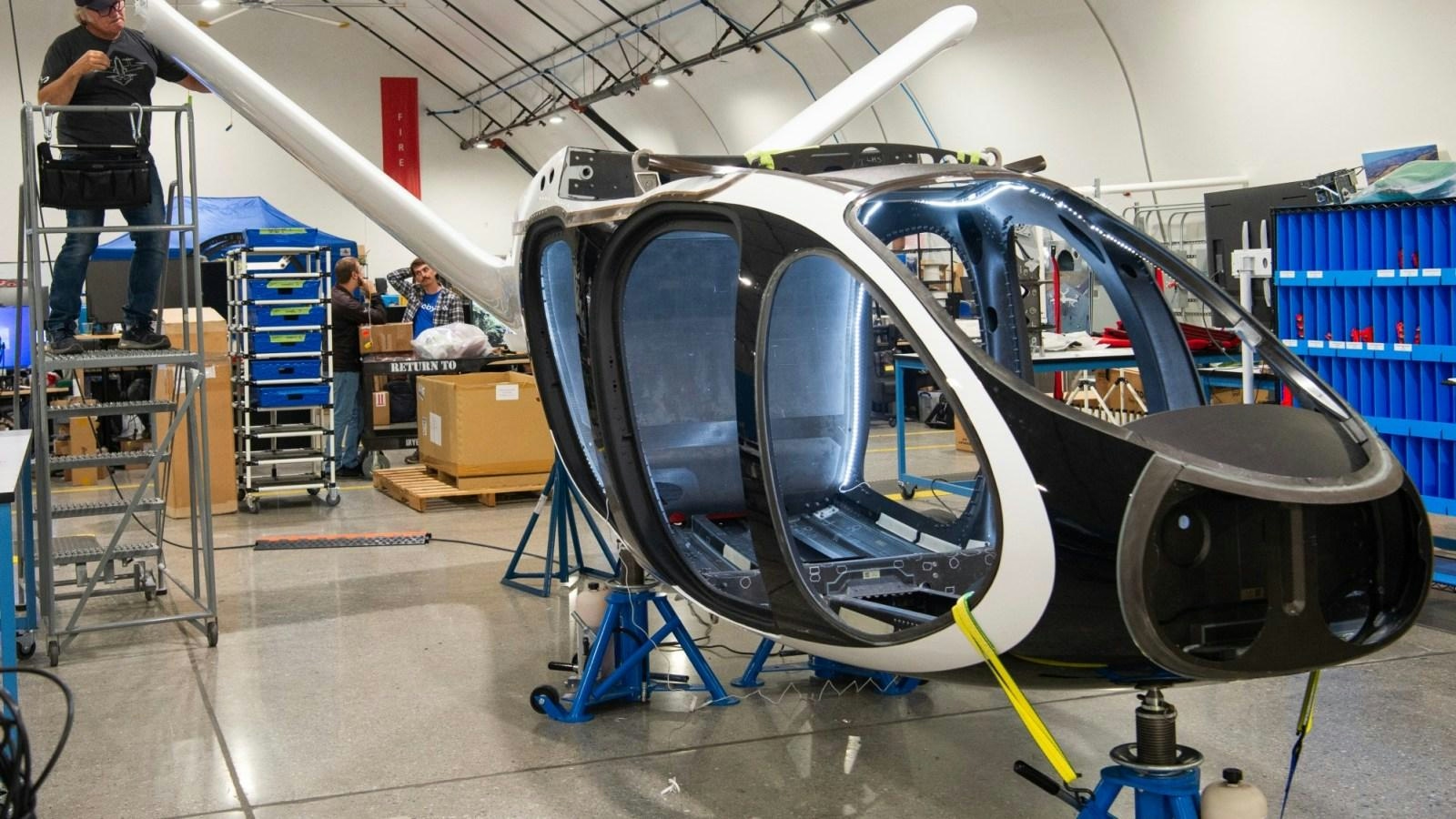
Huntington Beach Considers Vertical Taxi Pilot Program
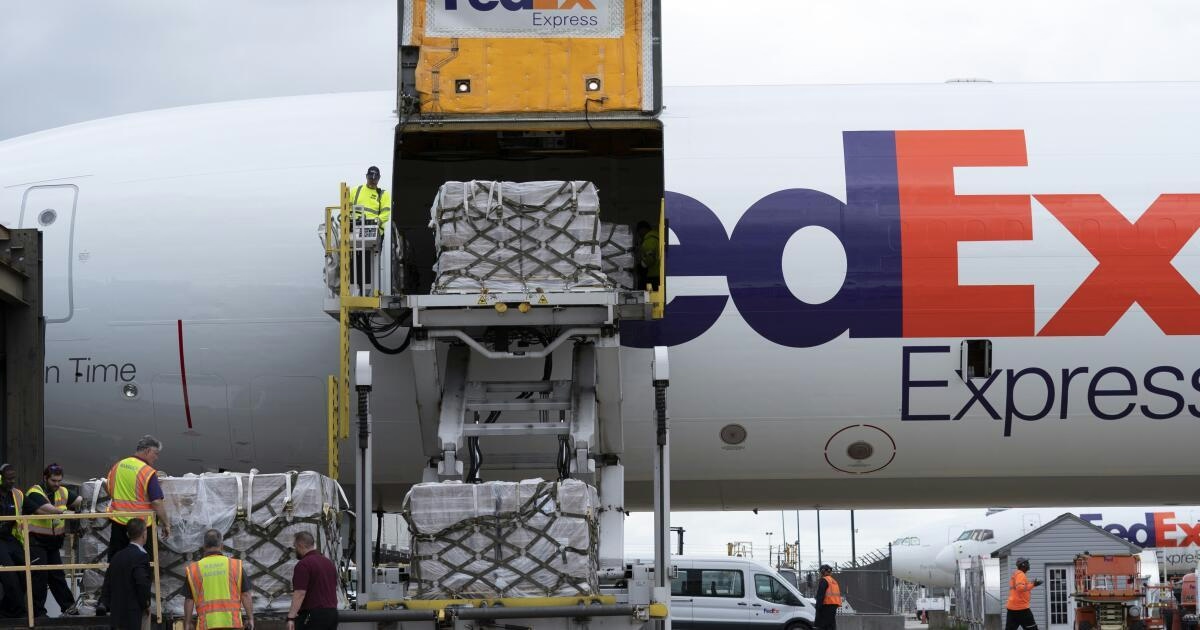
Flight Reductions Threaten Timely Delivery of Critical Goods to LAX and Other Airports
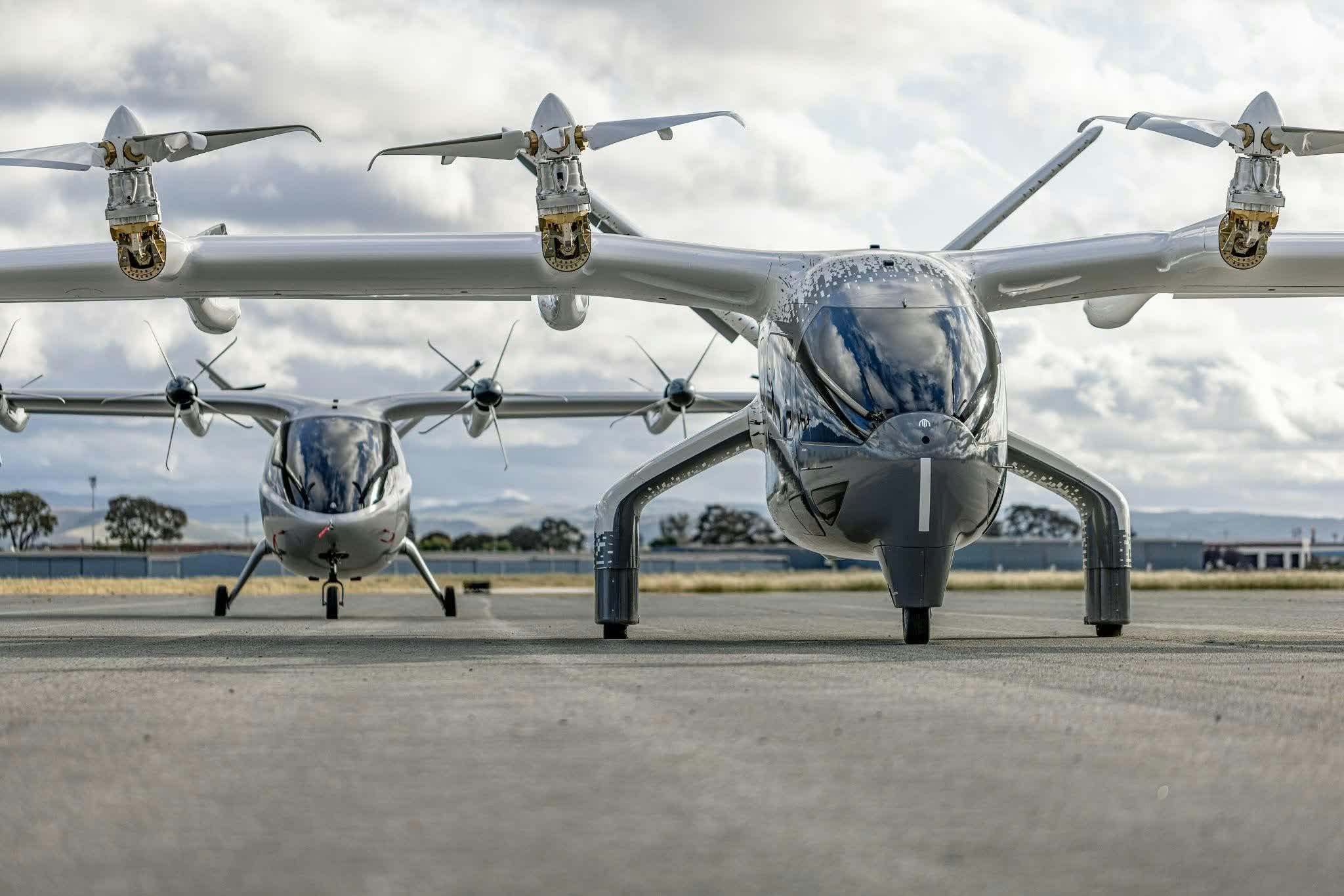
Archer Aviation Shares Decline Amid Market Volatility

Airbus Secures Largest Aircraft Order of the Year
